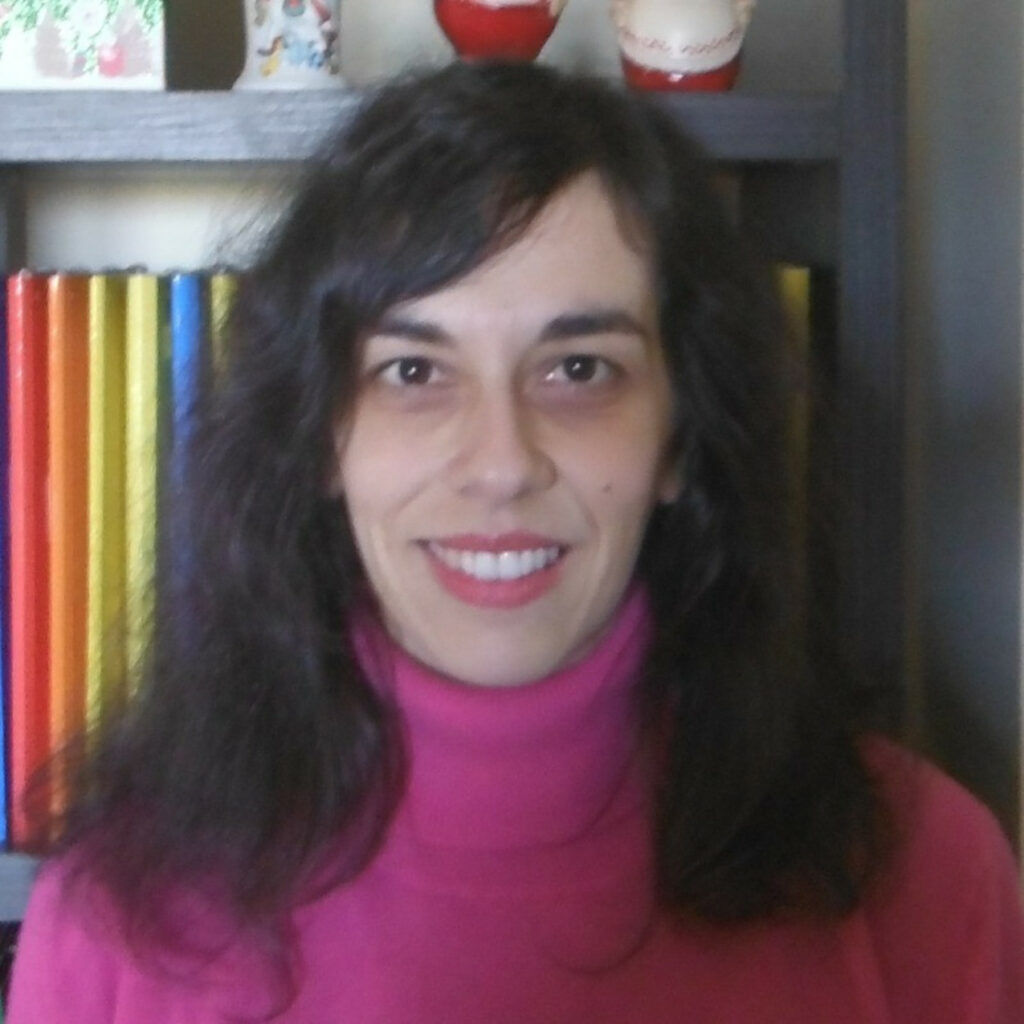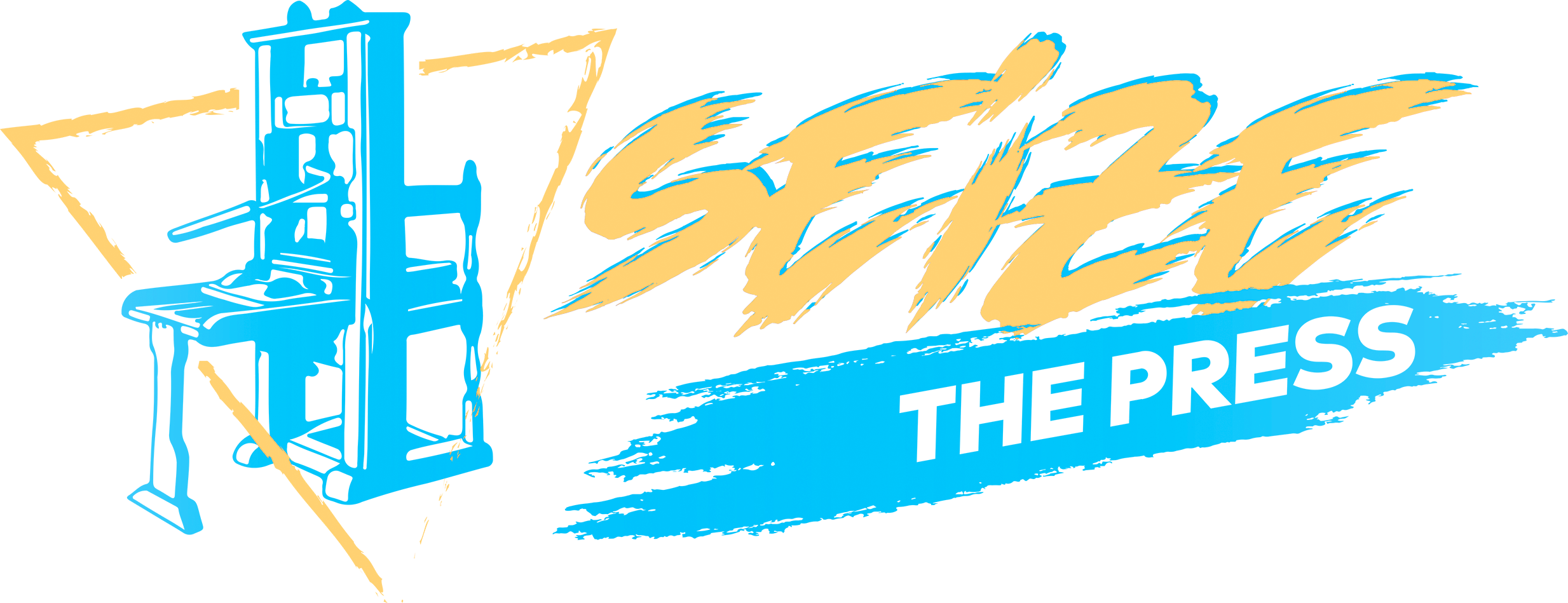Censorship brings luck. Incredible, but true.
Dario Argento. His name alone conjures up terror, gore, bloodshed and chilling soundtracks. On 6 June 2023, the British Film Institute, in collaboration with Cinecittà, decided to pay tribute to the director with a screening of his films at the Southbank arthouse cinema. In the interview he gave to the Italian newspaper Il Sole 24, when asked by the journalist to explain the reasons for his enduring success, Argento claimed that it was also due to the cuts his work has undergone.
The Italian director, nicknamed “The Master of Terror” and known worldwide for films such as “Deep Red”, “Suspiria” and “The Bird with the Crystal Plumage”, has always had to fight censorship, but according to him, it has contributed to his cinematic fortune. When I read this surprising and unusual statement, I wondered how it was possible that his undying success was due to scenes that were never seen by the general public. It seems to be a real contradiction.
Anyone who, like me, saw his films on television or in the cinema at the turn of the 1970s and 1990s was never able to enjoy them to the fullest. For years, fans of the horror genre, unaware of the cuts made, have had to make do with incomplete works in which the director’s unbridled imagination has been stifled by a censorship that wields an invisible power. The purpose of censorship, which has often been very strict in Italy, has always been to regulate excesses, to standardise the ideas of those who dare to go against the bourgeois mentality. Those who dare to express thoughts that are out of the ordinary, that are considered deviant and “abnormal” can become very dangerous for those who think that the masses must conform to the common schemes.
However, Argento explains that once his original films were released on DVD and on streaming services, even the youngest viewers were able to see the unabridged version and appreciate the deleted content. It is right to point out scenes of violence for minors or particularly sensitive people, but often, fearing a process of imitation by unstable minds, censorship acts with the same axe that Argento uses in his films, arrogating to itself the right to violate the freedom of an adult and conscious viewer who appreciates a genre that was born to give an adrenaline rush.
It is true that some people are easily influenced, but to what extent can freedom of expression be sacrificed? Fortunately, an Italian decree abolished censorship in 2021 and the advent of the Internet will allow us a new journey into the dark mind of the great master.
An axe in the “Tenebrae” and the lost tension.
In the 1982 film “Tenebrae”, New York crime writer Peter Neal arrives in Rome to launch his latest book, but a mysterious killer seems to be inspired by his stories, leaving a trail of horrific murders in his wake. As the victims are women he knows, the writer’s secretary Anne is convinced that his ex-girlfriend Jane, played by actress Veronica Lario, is involved.
One of its most violent scenes was immediately censored and can now be seen on YouTube. Young Jane sits by a window in her house with a gun in her hand. In one of the master’s famous twists, an axe, wielded by a mysterious assassin standing outside the house, breaks through the glass. The shot focuses on the girl’s hand, which is cleanly severed in a blaze of blood and screams. At this point, we see the unfortunate woman jump up from her chair in panic and pain. The camera moves quickly to follow her as she tries to escape the killer. Litres of blood spurt from the severed hand, smearing the white walls. The victim’s escape is short-lived, and the director again focuses on the axe as it plunges first into her back and then all over her body, hacking her to pieces.
Certainly, seeing poor Jane walking around with her hand cut off is not for the faint hearted, but for contemporary audiences, used to far more gruesome scenes, it is a real “treat”. Shot without the aid of digital technology, the special effects are exceptional and very realistic.
Despite its title, “Tenebrae” marks a more modern turn in Argento’s production and is characterised by a strong presence of light. Many of the murders take place in broad daylight or in well-lit environments. This new style of photography was chosen by the director to give his film a touch of originality and to move away from the gloomy atmosphere that usually characterises the thriller genre. As she is being murdered, Jane’s figure and face stand out sharply and clearly on the screen and the bright red colour of the blood spreading on the wall immediately catches the viewer’s eye. The censors probably felt that this was an over-exposure of the macabre.
If the master had shot in the dark, would they have been so adamant?
Suspense as a genre has always suffered from the suppression of such realistic effects. Suffice it to say that when I first watched“Sleepless” (2001), in which the protagonist Giacomo Gallo has to deal with the return of a killer who murdered his mother, it seemed rather bland. At the time, I had no idea how many gory flourishes had been cut for television. because there were no streaming sites on the Internet or pay TV.
This summer I happened to find the unabridged version and was very surprised at what I had missed. The TV version had never shown, for example, the killer’s knife cutting off the fingers of a sex worker murdered on a train at night, the flute violently penetrating the mouth of Giacomo’s mother, another woman’s face getting slammed so hard against a wall she loses a tooth during the fatal attack, or even the moment when the police kill the culprit with a bullet to the skull.
With “Terror at the Opera” (1987), a full hour and a half is missing. Betty, a young opera singer who falls victim to a homicidal maniac, escapes with a little girl into an air duct. This scene was considerably shortened, so that the claustrophobic effect of these scenes was diminished. This time the subtle unease that Argento intended and had nothing to do with blood or gore had paid the price.
Homophobia and eroticism. From Deep Red to Jennifer.
“Deep Red” (1975) is one of the director’s most famous films and established him as a genius of the horror thriller. English jazz pianist Marc Daleyis is in Rome for a concert when he witnesses the murder of his neighbour, the German clairvoyant Helga Ulmann. Attacked by a mysterious killer, the woman is thrown against a window, where the broken glass pierces her throat before the killer’s axe lands upon her. This time, however, it was the immoral behaviour of Carlo, the friend who witnessed the crime with Marc, that caused a stir. As part of his investigations, Marc calls on Carlos to talk. He’s greeted at the door by Carlo’s lover, Massimo Ricci (played by Geraldine Hooper), wearing a satin kimono, bra just visible underneath, and in heavy make-up. Given that Argento cast a woman, made her wear a thin costume moustache for the role, then dubbed over her lines with a man’s voice, it’s apparent Massimo does not conform to gender expectations. Drunk and waiting for Massimo to come back to bed, Carlo’s queerness becomes known to Marc.
At a time when homosexuality was a subject that no one dared discuss openly, let alone show on the screen, this should have been a scandalous image. The edited version left in Marc says he doesn’t care about Carlo’s sexual tastes, but cut Marc’s assurances to remain Carlo’s friend despite his “diversity”. This brief exchange is altered to reinforce the homophobia of the time, as if tolerance of queer people’s “immorality” set a bad example.
But it was not only the acceptance of homosexuality that might make viewers uncomfortable. In 2005, censorship raged against the film Jennifer, the first episode of the American series Masters of Horror, created by noted horror director Mick Garris. It is clearly inferior to his previous works, but what is striking is that even in 2005 Argento was forced to cut two sex scenes. In particular one in which the female protagonist devours the male sex organ. The character of Jennifer, a voracious, man-eating blonde inspired by a 1970s American comic strip, is able to arouse almost bestial sexual instincts in her lovers, despite her disfigured face.
According to Argento, the scenes were banned because depictions of women as sexually aggressive were considered to be too transgressive.
In a world where both female and male nudes are now freely available on the internet, it seems strange that eroticism is still taboo, almost a mortal sin to be eradicated from human consciousness.
The killer’s perspective.
One of Argento’s strengths is his masterful ability to present the killer’s point of view from a subjective perspective. This technique allows us to identify with the killer and follow the movements of the victim from his point of view. Is this why the censors decided to reduce the moments in which Argento shows us the obsessive gaze of his executioners? To prevent anyone from being morbidly attracted by the fascination of a perverse and hallucinated mind?
In the film “Terror at the Opera”, the censors decided to hide the binoculars through which the killer observes the singer Betty from a distance, as if such a trivial detail were a symbol of that invisible threat and morbid obsession that we now call stalking.
Another rather strange cut concerns the sequence in Deep Red in which Marc wanders through the elegant abandoned villa around which a ghost legend revolves. It is a tense moment in which the protagonist finally gets closer to the truth. The haunting music and the decadent environment in which he moves, among vertiginous stone staircases, dark corridors and dusty rooms, create a climax of anxiety, but the editing of the sequences has dulled their anxiogenic effect. The crucial moment when a window on the second floor is opened without Marc noticing that the killer is following him has also been removed.
It seems that the censors tried to hide Dario Argento’s sick vision of killers as much as possible, but evil has always existed and always will. And it will certainly not be the censorship of creative imagination that will defeat it, for reality often surpasses even our darkest speculations.
Viviana De Cecco is an Italian writer and translator. She works as a writer for the international literary magazine Tint Journal. Her short stories, non-fiction and translations appeared in The Polyglot Magazine, Azonal Translation, Poets’ Choice, yuvoice.org, Dark Holme Publishing, Grim&Gilded, ParABnormal Magazine, and The Sunlight magazine. She writes short stories and photo essays about strange and mysterious places for the Italian website La Soglia Oscura. She also enjoys watching films, taking photos, listening to rock music and walking by the sea. You can find her personal short stories and articles at vivianadececco.altervista.org

Viviana De Cecco
Viviana De Cecco is an Italian writer and translator. She works as a writer for the international literary magazine Tint Journal. Her short stories, non-fiction and translations appeared in The Polyglot Magazine, Azonal Translation, Poets’ Choice, yuvoice.org, Dark Holme Publishing, Grim&Gilded, ParABnormal Magazine, and The Sunlight magazine. She writes short stories and photo essays about strange and mysterious places for the Italian website La Soglia Oscura. She also enjoys watching films, taking photos, listening to rock music and walking by the sea. You can find her personal short stories and articles at vivianadececco.altervista.org
